Search for...
#shift elearning Bookmarks
Published Bookmarks
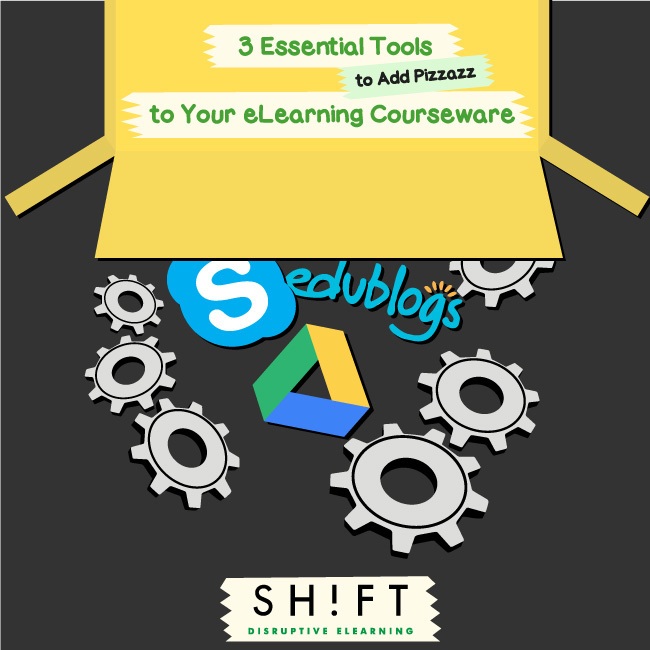 3 Essential Tools to Add Pizzazz to Your eLearning Courseware
3 Essential Tools to Add Pizzazz to Your eLearning Courseware
As free cloud tools become increasingly available online, it seems like the best time to start using these in your eLearning courses. Environments that make effective use of communication technologies to connect learners in meaningful ways and include relevant and authentic learning activities are the most likely to succeed (Herrington, Reeves, & Oliver, 2010).
Here are three free ways you can make your learners love your eLearning courses and learn quickly.
Here are three free ways you can make your learners love your eLearning courses and learn quickly.
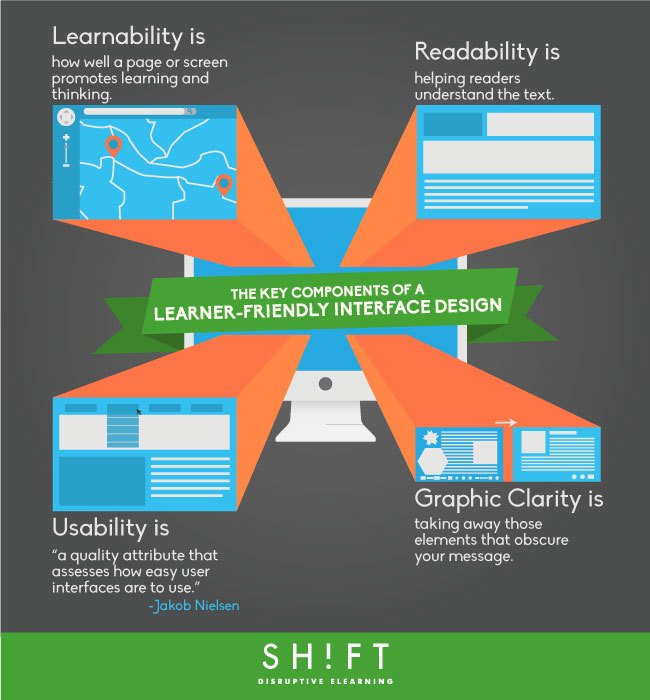 The Key Components of a Learner-Friendly Interface Design
The Key Components of a Learner-Friendly Interface Design
It's so easy to assume that information is all that matters. The truth is, how such information was presented or formatted affects its effectiveness. The design of the screen, for instance, influences how students interact with information. Is the interface cluttered? Or is it designed to properly guide learners toward clear goals?
![Four Ways Technology Is Changing How People Learn [Infographic] thumbnail](https://elearningtags.com/wp-content/uploads/2014/02/3500844738.jpg) Four Ways Technology Is Changing How People Learn [Infographic]
Four Ways Technology Is Changing How People Learn [Infographic]
Because the arrival of technology, the learning environment is changing. Students have more options than they ever would have imagined. In olden days, people used to only learn at a classroom. But today, people just need a computer and WIFI. They learn when it is convenient for them, at home or a coffee shop. As the skills, knowledge, and needs of the student change, so does the role of the teacher.
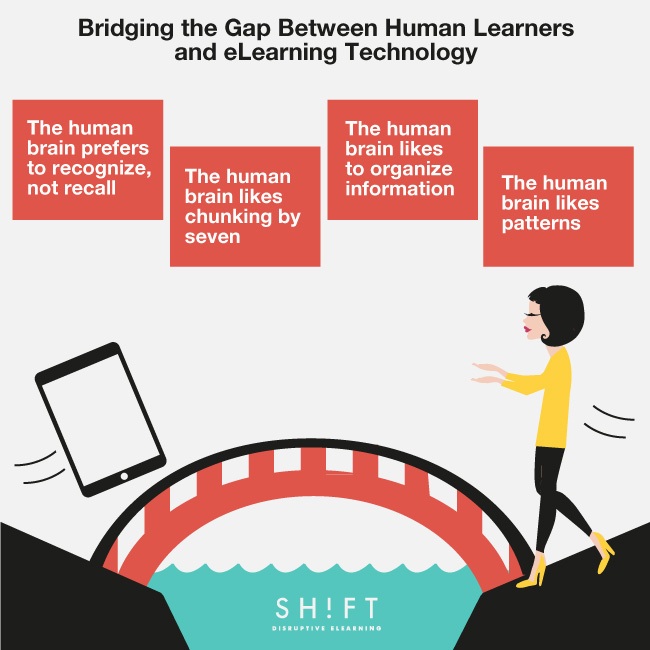 Bridging the Gap Between Human Learners and eLearning Technology
Bridging the Gap Between Human Learners and eLearning Technology
As eLearning course developers and trainers, we get so caught up in the "bells and whistles" of educational technology that we forget about those human learners on the other side of the computer screen. Truly effective eLearning design must strive to bridge the gap between our human learners--the consumers of our content--and the eLearning technology we enjoy implementing into our training courses.
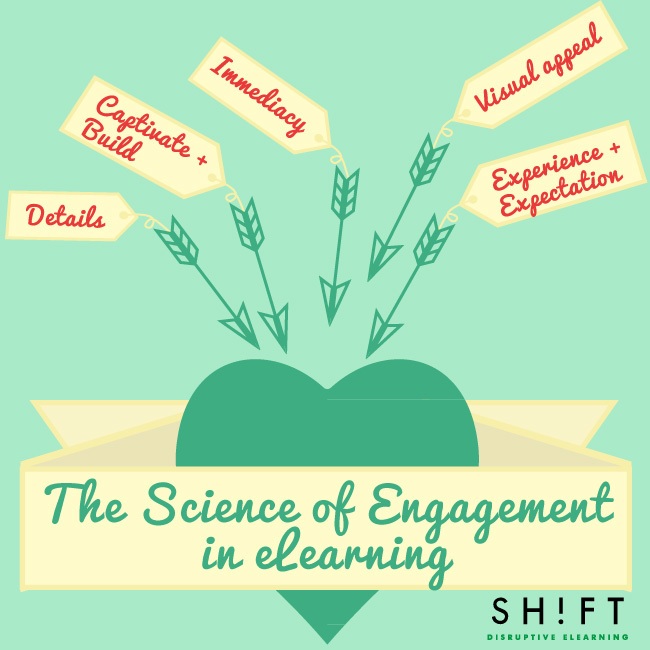 The Simple Science of Creating Engaging eLearning Courses
The Simple Science of Creating Engaging eLearning Courses
Anthropologist Dr. Grant McCracken, psychologist Dr. Olivier Oullier and neuroscientist Dr. Thomas Ramsøy have uncovered the science of engagement. They have explored into the true nature of engagement - what it means and what causes it. Grounded in science, not fiction. The research reveals the principles and elements of Engagement. Here're five you can use to unlock the door to successful eLearning engagement.
 What You're Doing Wrong with Your eLearning Content: 5 Common Mistakes
What You're Doing Wrong with Your eLearning Content: 5 Common Mistakes
When you first start creating an eLearning course, you aren't sure what to expect. You're jumping in blind and hoping for the best. Soon you’ll start facing different challenges every day, and in many ways these do not differ too much from the challenges any teacher faces when contemplating how best to hold the learner's interest in the classroom.
So, identify your mistakes and do something about them. Here are five things you shouldn't be doing with your eLearning content:
So, identify your mistakes and do something about them. Here are five things you shouldn't be doing with your eLearning content:
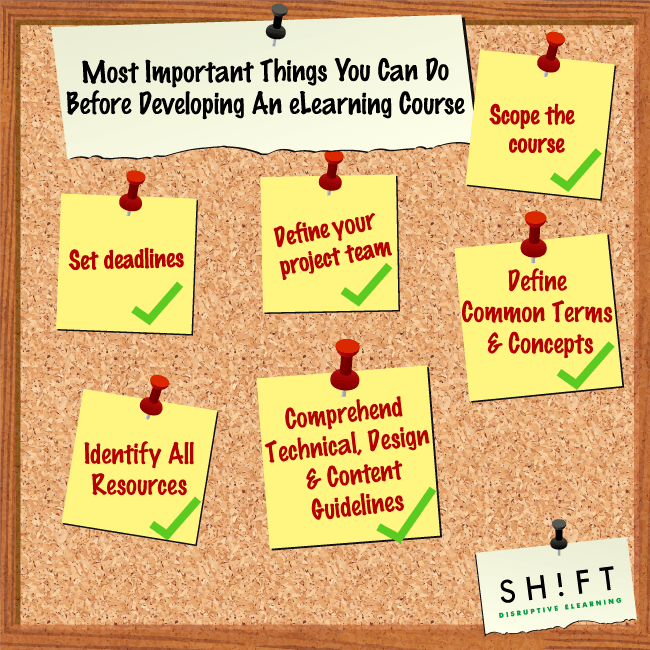 6 Most Important Things You Can Do Before Developing An eLearning Course
6 Most Important Things You Can Do Before Developing An eLearning Course
It's no secret that the best and the most productive artists engage in rituals before they work. It doesn't matter how simple or strange these rituals are. What matters is that these pre-work rituals are significant part of the process.
The same logic applies when you're developing an eLearning course.These are six critical things you should get straightened out before starting your next (or your first) eLearning project.
The same logic applies when you're developing an eLearning course.These are six critical things you should get straightened out before starting your next (or your first) eLearning project.
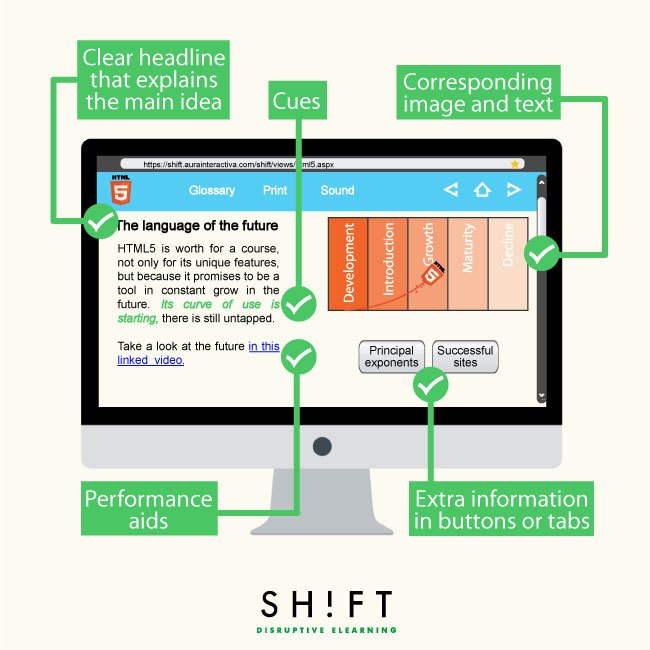 Avoid Learner Overload: Five Rules for eLearning Course Design
Avoid Learner Overload: Five Rules for eLearning Course Design
In the attempt to provide as much information as possible, the course falls victim to information overload. That's why, you need to remember that an eLearning course isn't supposed to be an eBook and the user's mind needs time, space, and the opportunity to integrate the most essential understandings. Paying attention to detail and providing thoughtful presentation of material is key in the development process.
![The eLearning Dilemma: Engaged vs Unengaged Learners [Infographic] thumbnail](https://elearningtags.com/wp-content/uploads/2014/01/222558582.jpg) The eLearning Dilemma: Engaged vs Unengaged Learners [Infographic]
The eLearning Dilemma: Engaged vs Unengaged Learners [Infographic]
Engaging the unengaged has always been an elusive goal among learning professionals. While there are challenges related to student engagement in other learning environments, online curriculum may include added obstacles. Problems revolve around the lack of personal interaction between the instructor and student, as well as the student-to-student contact.
Let's focus at the issue of engagement.
Let's focus at the issue of engagement.
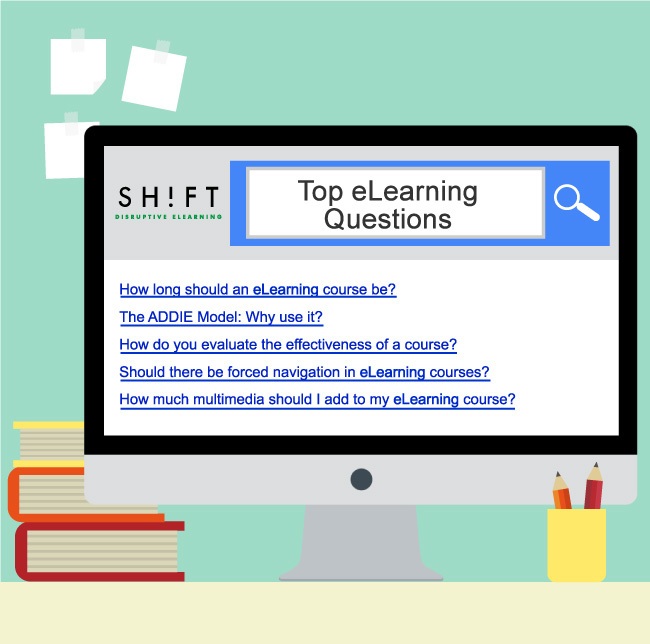 Your Top 5 eLearning Questions Answered
Your Top 5 eLearning Questions Answered
In our work with clients, we hear many of the same questions over and over again. Well, here are your answers. It may even be you didn't know you had these questions yet, but rest assured, you will at some point.
Submit Bookmark

